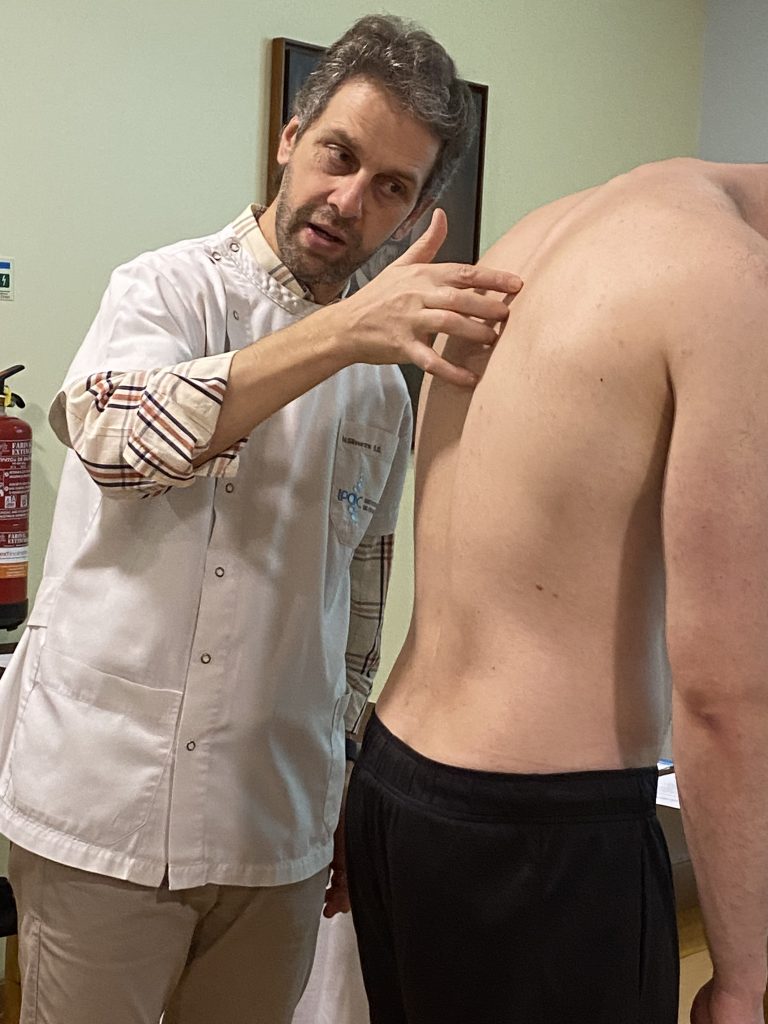Biological rhythms are fundamental expressions of life and reflect the intimate relationship between human physiology and the cycles of nature. In addition to the basic vital rhythms—cardiac, respiratory, and circulatory—there are broader cycles, such as circadian, ultradian, and seasonal, which regulate homeostasis and condition the body’s adaptability.
In the classical osteopathic tradition, John Martin Littlejohn highlighted the importance of rhythmic observation in circulation and respiration as essential manifestations of self-regulation. T. E. Hall and John Wernham expanded on this insight, emphasizing the value of the body’s rhythmic harmony as the basis of structural and functional health.
Contemporary scientific research, through chronobiology and the study of autonomic variability, confirms and expands these concepts, demonstrating how the disruption of biological rhythms is associated with multiple clinical dysfunctions.
This masterclass will cover:

* coffee breaks included. Lunch not included.
Glass, L. (2001). Synchronization and rhythmic processes in physiology. Nature, 410(6825), 277–284. https://doi.org/10.1038/35065745
Hall, T. E. (1956). Techniques & diagnosis. London: Institute of Classical Osteopathy.
Littlejohn, J. M. (1907). The principles of osteopathy. Chicago, IL: The National Osteopathic Book Company.
Moore-Ede, M. C., Sulzman, F. M., & Fuller, C. A. (1982). The clocks that time us: Physiology of the circadian timing system. Cambridge, MA: Harvard University Press.
Porges, S. W. (2011). The polyvagal theory: Neurophysiological foundations of emotions, attachment, communication, and self-regulation. New York, NY: W. W. Norton.
Refinetti, R. (2016). Circadian physiology (3.ª ed.). Boca Raton, FL: CRC Press.
Shaffer, F., & Venner, J. (2013). Heart rate variability anatomy and physiology. Biofeedback, 41(1), 13–25. https://doi.org/10.5298/1081-5937-41.1.05
Wernham, J. (1985). Principles of osteopathic technique. Maidstone: The Institute of Applied Technique.

Member of the Register of Osteopaths of France
Diploma in Osteopathy
University of Anatomy diploma applied to clinical examination and imaging
Former head of the Osteopathy course at the Collège d'Enseignement Traditionnel de Ostéopathie Harold Magoun
Former head of the Viscéral department at the Instituto Supérieur d’Ostéopathie Paris. ISOP
International Speaker
Author of the book: « Traité Pratique d’Ostéopathie Viscérale » aux éditions Frison-Roche
Author of the book: «Cahier d’Ostéopathie pelvi-périnéale» preface by professor François Desgranchamps head of urology service, Hôpital St Louis, Paris. Aux editions Frison-Roche.
Co-founder and administrative director of the anatomo-clinical training and evaluation school. EFEAC
Apesar de sermos uma instituição muito jovem, nem por isso nos devemos esquecer de que o que aqui fazemos é muito antigo, vem de muito longe e vai para muito longe: começou naquele dia perdido nos tempos em que pela primeira vez um ser humano percebeu que por detrás da biomecânica existia uma fisiologia imanente perante a equação da estrutura versos função e era obrigatório passar à geração seguinte a experiência e o saber que «o labor, o trabalho e a ação», como diria Hannah Arendt, lhe tinham proporcionado. Nesse dia longínquo, há dezenas de anos, esse ser humano deu início a uma das atividades mais belas e mais nobres da Humanidade: o ensino da Osteopatia.
É com o compromisso e o dever para com os nossos antecessores e alunos, que assumimos o ensino da Medicina Osteopática segundo os seus primórdios Princípios, com intuito na evolução e progresso do conhecimento.
Bem hajam ao IPOC.
O Diretor,
Marco Silvestre